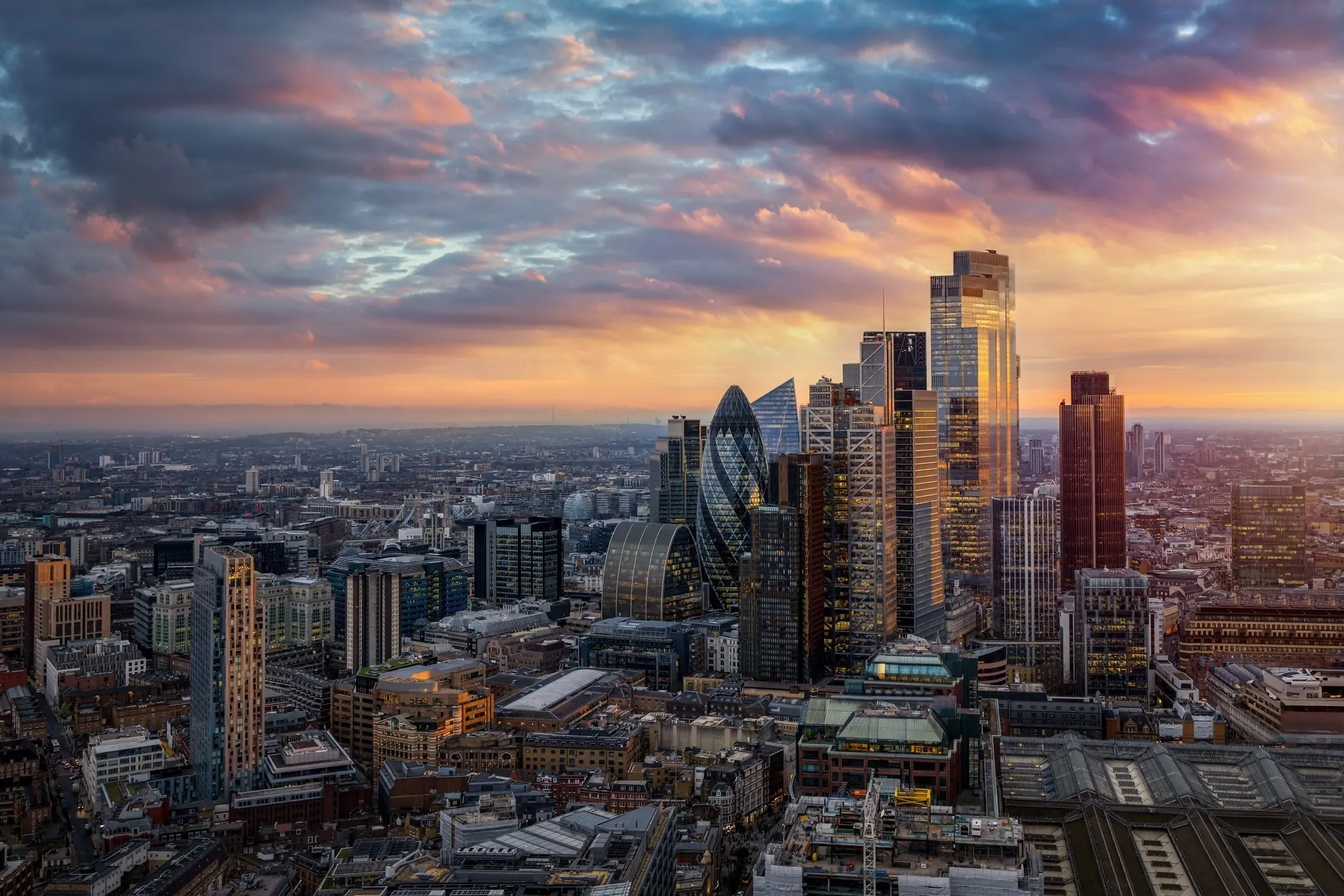In 2025, architects and city planners worldwide are championing a movement that balances progress with preservation—urban regeneration and heritage revival. This trend goes beyond physical transformation; it’s a cultural renaissance, aiming to reconnect communities with their roots while ushering in sustainable growth.
The Essence of Urban Regeneration
Urban regeneration is the strategic revitalization of neglected, underutilized, or derelict areas within cities. Instead of letting historic districts, old industrial zones, or rundown neighborhoods decay, architects are tasked with reimagining these spaces for modern living—without erasing their intrinsic character.
From former mills to aging railway stations, dormant structures are converted into vibrant hubs for residences, businesses, art galleries, and public spaces. The focus is on mixed-use development, integrating housing, commerce, leisure, and green space to create lively, multi-functional precincts. This regeneration enhances urban density, boosts local economies, and fosters social interaction.
Preserving Heritage: Learning from the Past
Heritage revival recognizes that cities are more than just clusters of buildings; they’re archives of cultural memory. At its heart is the respectful restoration and adaptive reuse of architectural landmarks. Restoration projects uncover original facades, repair mosaics or stained glass, and carefully integrate period features with new amenities.
Decolonizing museums and restoring monuments have become essential, giving voice to untold stories and acknowledging a city’s diverse history. 2025 sees architects collaborating with historians, archaeologists, and communities to ensure redeveloped sites honor their legacy and serve the present.
Modern Techniques for Timeless Results
Advanced technology drives this movement—3D scanning salvages intricate details for reproduction, while sustainable materials replace failing infrastructure seamlessly. Energy-efficient upgrades, such as solar panels subtly integrated into rooftops or geothermal heating beneath stone floors, blend innovation with tradition.
Flood-prone cities experiment with floating architecture: historic warehouses along rivers are retrofitted to float during seasonal floods, preserving their function while adapting to climate realities. Urban farming initiatives repurpose heritage courtyards and rooftops, merging ecological renewal with social engagement.
Reconnecting Communities
Urban regeneration isn’t just about buildings; it’s about people. Community engagement now shapes every project stage—local artists lead mural restorations, residents advise on public space redesign, and neighborhood festivals mark project milestones. Shared history becomes a backdrop for renewed civic pride.
Inclusive planning ensures heritage sites serve all: libraries host workshops on local history, repurposed railroad depots offer startup incubators, and old theaters become multicultural event spaces. The regenerated city becomes a canvas for creativity and belonging.
Global Case Studies in 2025
- Historic city squares in Europe, once traffic-choked, are pedestrianized, featuring pop-up markets and interactive art.
- Indian towns revitalize old temples and bazaars, blending tourist attractions with community centers.
- Industrial zones in North America transform into “innovation districts,” where tech startups inhabit retrofitted factories alongside boutique hotels and eateries.
These efforts highlight the global embrace of regeneration and heritage revival—where local identity is preserved, shared, and evolved.
Toward Resilient, Culturally Rich Cities
Urban regeneration paired with heritage revival shapes not just skylines, but mindsets. It reminds us that the future flourishes best upon the foundations of history—when old and new coexist, thriving side by side. Through collaboration, creativity, and respect for legacy, cities are finding new life and meaning, proving that regeneration is, above all, a celebration of possibility.



